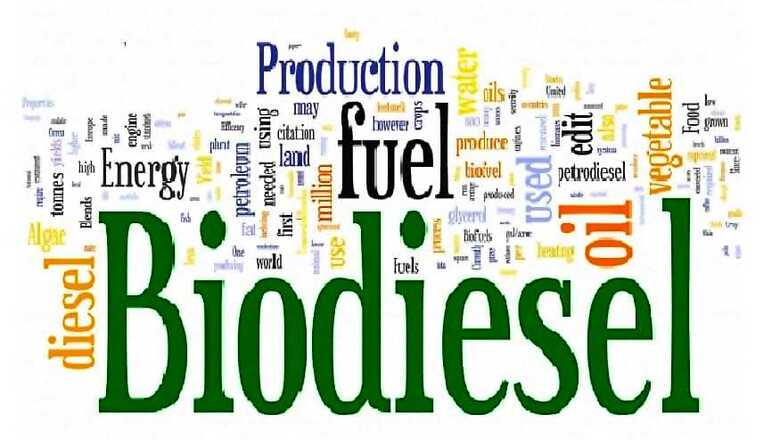
views
According to a World Health Organization survey of 1600 world cities, air quality in Delhi, India's capital territory, is the worst of any major city in the world. An estimated 1.5 million people are killed each year by air pollution in India; it is India's fifth-largest killer. According to the WHO, India has the highest death rate in the world due to chronic respiratory diseases and asthma. In Delhi, poor quality air irreversibly damages the lungs of 2.2 million or 50 per cent of all children.
About 65 percent of pollution in Delhi is due to local sources and it is the main reason why the national capital and its surrounding areas are seeing poor air quality. Notably, the pollution from stubble burning in Punjab and Haryana contributed only about five to seven percent to Delhi's pollution load before the Northern winds had hit, aggravating the crisis, according to news available on a public domain.
Throughout the year, the sky of Delhi remains polluted. The air quality index (AQI) in Delhi is down to a moderate level only for some time during the monsoon season. There's no stubble burning around the year, it's just a temporary phenomenon.
Environment Emissions (Prevention and Control) Authority, the emissions regulator named by the Supreme Court, said that private diesel vehicles contribute 40% of the overall emission load. Delhi-NCR registered an estimated 1,09 crore private vehicles (two and four-wheeler) in 2018-19. Every day, nearly 1,400 new cars join the 3 million fleet. Every day, nearly 1.1 million vehicles ply on Delhi roads, which include vehicles entering Delhi from other states through 8 different entry points.
A study conducted by Indian Institute of Tropical Meteorology (IITM), Pune, in 2018 as part of the emission inventory stated that emissions from transportation have jumped by 40% from 2010 to 2018 in the National Capital Region (NCR). In the same period, the share of particulate matter emitted by industrial sector surged by as much as 48%. But this is largely in the border areas of NCR, according to the study. Overall emission of PM 2.5 across various sectors increased by 15% during this period. As things stand, Delhi Dialog Commission chairman Jasmine Shah said there were a total of 4,000 buses scheduled to reach Delhi roads— 1,000 standard floor buses, 1,000 low floor cluster busses, 1,000 low floor DTC busses and 1,000 electric busses. However, not even 150 buses were introduced, thankfully. Had they been introduced, they would’ve added to the existing pollution.
Without putting a curb on the rising vehicle emissions, it is impossible to fight Delhi's battle against pollution. It is high time that the unregulated use of cars, commercial as well as personal, stops. Delhi government's odd-even policy has made many unproven claims. At a time when the air pollution crisis has reached its peak, however, it should be welcomed. But to find a long-standing solution, permanent measures like the use of biodiesel must be taken into consideration.
Biodiesel has the potential to mitigate this crisis, especially pollution created by vehicles and diesel generators. It is one form of bio-degradable and renewable diesel fuel. It gets extracted from vegetable oils, animal oils, waste cooking oil and animal fat known as tallow. It is less defiling and cleaner-burning fuel. It can be used in standard diesel engines with negligible modifications. Biodiesel is compatible with almost all regular engines. The emission levels of Greenhouse gases like Carbon Dioxide are very low as compared to the accepted practice of petroleum diesel. Biodiesel reduces the net emission of Carbon Dioxide by at most 78.45%. The big advantage is biodiesel can be manufactured from the Used Cooking Oil (UCO), further preventing the mass from health and environmental hazards.
The ultimate goal is to contribute through a community-based model of biodiesel production to build a stronger, more self-sufficient population. Local economies benefit from a community-based biodiesel distribution system, from farmers growing feedstock to local businesses processing and selling fuel to end consumers. The money remains in the area while reducing local environmental impacts and increasing energy protection.
Government with an aim to reduce crude oil import and contain the oil import bill has been promoting ethanol production for India’s energy security. Using biodiesel would help reduce the crude oil import drastically and would surely change the air of Delhi and the entire Nation!
(Authored by Shiva Vig, Group CEO, BioD Energy)


















Comments
0 comment